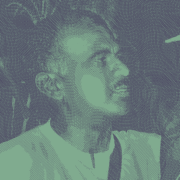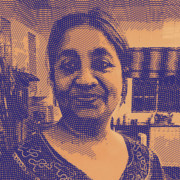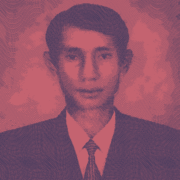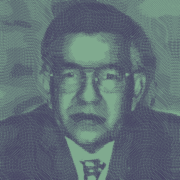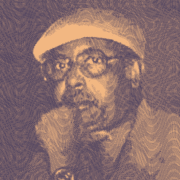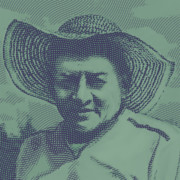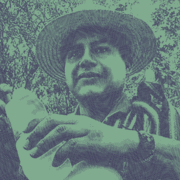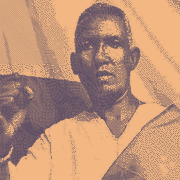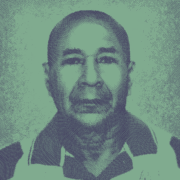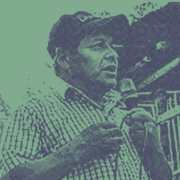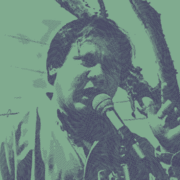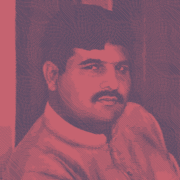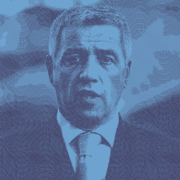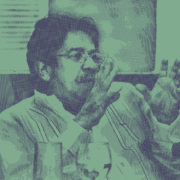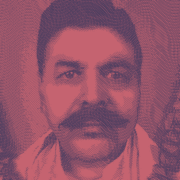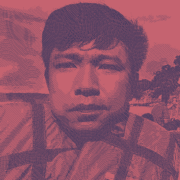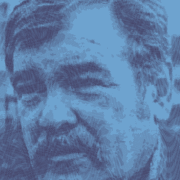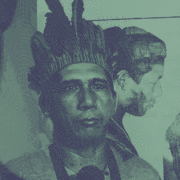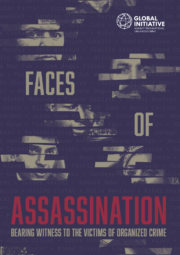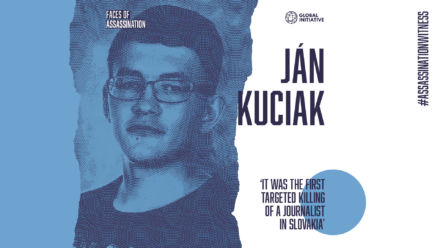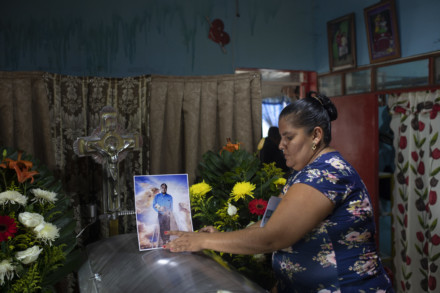Killings in the wake of COVID
Amid the global challenges of the coronavirus outbreak those who continue to combat organized crime are facing an even greater risk.
Posted on 11 Jun 2020
Amid the pandemic, organized-crime groups have targeted human-rights defenders, journalists and environmental activists. The Assassination Witness initiative aims to draw attention to homicides at the hands of organized crime.
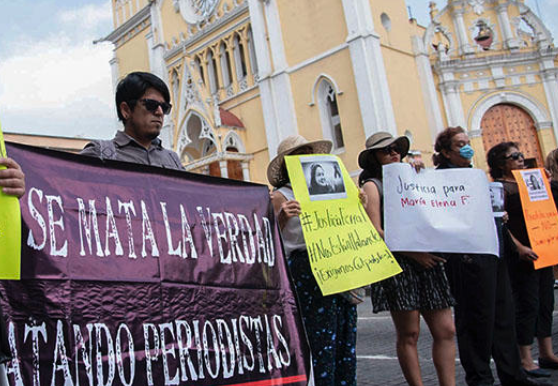
Amid the pandemic, organized-crime groups have targeted human-rights defenders, journalists and environmental activists. The Assassination Witness initiative aims to draw attention to homicides at the hands of organized crime.
As the global count of COVID-19 cases continues to rise, tracking the harms of the pandemic can often feel futile. In Europe, the Americas, Asia and Africa, healthcare systems have become overwhelmed and economies have contracted, bringing public uncertainty about what happens next.
Although much data regarding the novel coronavirus is not yet fully understood, the number of deaths attributed to the virus has been the stand-out metric of how serious the problem is. The media report daily on coronavirus fatalities, which, at the time of writing have exceeded 400 000.
But, unquestionably, there is value in thinking about mortality and harm in a more nuanced way, and to also reflect on how the virus may be impacting on non-virus-related causes of death. Doing so provides some revealing insights.
In South Africa, for example, the government has estimated that total mortality rates in the country might go down, even when accounting for virus fatalities, as the state of emergency declared to impose lockdowns has prompted a decrease in non-intentional deaths. The drop in the number of people permitted in public spaces and the restrictions on alcohol consumption could lead to a reduction of fatalities, for example, occurring due to road traffic accidents.
Latin America, however, is experiencing the opposite scenario. Some countries have seen the rates of homicide decrease temporarily due to curfews, quarantines and similar restrictions. For example, it is reported that murder rates have decreased in Colombia, Honduras and El Salvador. The latter, which has one of the world’s highest murder rates, had enjoyed four homicide-free days. However, in April this year, lockdown measures were imposed in prisons after a spike of 22 murders in a day.
Other countries in the Americas are seeing different trends. In Mexico, murder rates soared to the highest number since 1997, as the country faces a spike in violence, registering 2 585 homicides in March. In the US, where total pandemic deaths exceed 100 000, the Gun Violence Archive has counted a 6 per cent increase in deaths by shooting in the country between 1 March and 19 April. In fact, arms purchases are reported to have increased during the pandemic, as people have felt more nervous overall about the state of the country.
Prior to the pandemic, organized crime and gang-related activity had been one of leading forms of homicide globally. The UNODC’s World Homicide Report pointed out that criminal activity is responsible for more deaths than terrorism and armed conflict combined, and that it was the primary driver of mortality in the countries showing the highest levels of fatality.
In these countries where addressing crime governance is a continuous challenge and where homicide rates might have initially dropped, lockdowns appear to have opened up space for criminal activity to operate more freely in one specific area: that of assassinations and targeted killing. Although security measures have restricted people’s movement, they have eased the way for vulnerable individuals to be targeted.
Colombia, one of the most dangerous countries in the world for activists and community leaders, has reported that 28 activists, including human-rights defenders and community leaders, have been murdered after lockdown measures were imposed. Activists in the Catatumbo region, an area that sees rival armed groups fighting for control over lucrative coca crops, have reported an increase in the number of threats from armed groups.
Mexico, described as the deadliest country for reporters by NGO Reporters Without Borders, has recorded the killing of three journalists since March this year. María Elena Ferral was killed in Vera Cruz on 30 March. Investigations are looking at a possible connection between her murder and the work she was doing as an investigative journalist. In May, another Mexican journalist, Jorge Armenta, was killed even though he was under the protection of the government.
Environmentalists have also been targeted. In Brazil, an Amazon land defender and member of an indigenous tribe was shot dead in April. Some activists have accused loggers of targeting environmental activists in the region, and concerns have increased over violence against Amazon forest protectors more broadly too. The same trend has been seen in Cambodia, where threats against forest defenders have escalated during the COVID-19 pandemic.
Amid the global challenges of the coronavirus outbreak, while government attention is elsewhere and the policy agenda is dominated by health and economic challenges, those who continue to combat organized crime are facing an even greater risk.
